Having a baby is a beautiful - life changing - event. In addition to the joy and excitement you feel when your new baby is born, pregnancy and childbirth can also change your body, whether you can see it (Hello, stretch marks) or not, because your muscles and joints have experienced tremendous stress in the past 10 months or so. But don't be afraid. With a little patience and exercise, you can get back to health. Remember to be kind to yourself all the way. You don't gain weight overnight, so you won't lose weight overnight, you can.
Credit: half a point / iStock / Getty Images "Abdominal muscle tension is better, weight loss and fat loss are stronger," said Jennifer Tucker Johnson. Every woman is different. There is no exercise program for everyone. " Before you start an exercise program, be sure to talk to your healthcare provider, "most people will recommend that you wait until your doctor makes an appointment six weeks after delivery to make sure you are recovering well. However, if you have been exercising during pregnancy, there are no complications during vaginal delivery, and you are generally in good health, you can start light exercise (such as walking, modified aerobics and stretching) a few days after delivery. If you have to stop exercising before caesarean section or delivery, please wait for your doctor's confirmation. correlation: 12 safe exercise to keep healthy during pregnancy correlation: every woman should do 15 sports to improve her sex life. Credit: wavebreakmedia Ltd / wavebreakmedia / Getty Images Sponsored Links half lapel and full Lapel are options, even for mothers who have had a cesarean section. It's a simple exercise that can help ease the pain of breast enlargement, breastfeeding and having a baby. What to do: relax, put your shoulders down. Next, lower your head and point your chin at your collarbone. Yoga coach jyothi Larson said, now gently move your head from one side to the other half a turn, then keep turning for a while while while taking a deep breath. Rotate your neck while sitting in a chair, on the floor, or standing in a good position. correlation: 9 actions can be done every day to improve the joint activity degree walking is an easy way to recover exercise. If the weather allows, you can exercise with your baby, spouse or friends in the block. Pelvic tilt will help you with flexibility and flexibility while strengthening the same muscles Kegels do. No matter what kind of exercise, we should pay attention to the pelvic floor muscles. Yoga coach jyothi Larson says if you have a leak, your body is not ready. When you increase the intensity of your exercise, keep in mind the pelvic floor test. If you feel pain or notice an increase in bleeding, stop exercising. Method: lie on the floor, bend your knees, put your feet on the floor, and tilt your pelvis up. Place your hands on your hips and tilt your pelvis back and forth. If you find back pain while lying down, you can also do this while standing. correlation: a simple exercise, with 31 proven health and fitness benefits three to four months later, your baby grows up, and your body may start to feel like itself again. This means you can do more exercise safely and confidently (with the doctor's permission, of course). The list includes light impact, water aerobics, walking and yoga. Adjust yourself. " Yoga coach jyothi Larson said: "it's tempting to do too many things too early, because you may not be happy with your weight gain, and your middle muscles are far from exercising." Listen to your body and know it takes time, proper exercise and nutrition, and your body will change. " correlation: after the best exercise, Ba passes the Credit: Wavebreak Media Co., Ltd. / Wavebreak media / Getty Images correlation: the best Yoga action on the back related: register to receiveFree livestrong.com weekly newsletter! Credit: Jupiter images / pixland / Getty Images fast walking and jogging help increase once your body heals and your endurance improves. In fact, there is a whole industry dedicated to running and jogging baby strollers, designed to motivate mothers to go out and take their children for a ride. It's a good way to spend time with your little guy, exercise and get some much-needed fresh air and sunshine. Again, don't worry; if you feel pain, stop. related: 12 basic suggestions for new runners six months to one year later, you and your baby should be in better shape. He or she wants to sleep an extra night and start eating solid food. And you? Well, you're eager to return to combat. The good news is that you can do this by adding more intense movements, as long as you stick to that and improve your fitness. If you haven't started from a good foundation, build your way back to your pre pregnancy training. correlation: better body after baby? Be on the cards! Credit: Twenty20 / @ spsergey84 Advertisements correlation: move to get stronger core and better posture can strengthen hamstring, gluteus maximus and quadriceps femoris. Lunges can also improve your balance, says Yoga coach jyothi Larson. How to do it: stand up straight. Bend your knees forward and lower your body so that both knees are at right angles, with your back knee almost touching the floor. Make sure your front knee doesn't exceed your toes. Keep a beat, return to standing, and repeat on the other leg. related: 22 new lunges to enhance leg strength daily squat can strengthen the abdomen, as well as the buttocks, quadriceps and hamstrings. Methods: stand with feet shoulder width apart. Place your hands on your hips or straight out in front of you, and lower your body to bend your knees as if you were sitting back in a chair. Insist and repeat. Start with 5 to 10 times. correlation: 12 basic squat changes to try rowing strengthens the middle of your back and arms as you pull your weight toward your chest. It's an action that can use free weights - no more than 5 to 10 pounds each - or machines in the gym, depending on your comfort level. How to do it: hold the dumbbell with one hand, and put the other hand and knee on a lifting platform with the weight horizontally facing the ground on the shoulder. Use your shoulder and upper back muscles to pull the weight up to your chest. Please wait a moment, and then control your weight slowly. related: sign up to receive the free livestrong.com weekly newsletter! Credit: Adobe block / syda products correlation:
Sponsored Links 1. Kegel and abdominal breathing experience a lot in pregnancy, childbirth and childbirth, especially in the abdomen and pelvic floor. Postpartum days is an important time to start the recovery of abdominal muscles and pelvic floor. Jennifer tuck Johnson, a perinatal exercise expert, recommends Kegel exercise and diaphragm or abdominal breathing. " These safe workouts will begin to rebuild the foundation on which you need to restart your regular exercise program. Jyothi Larson, a yoga coach and author of Yoga mother and Buddha baby, said that if you have a perineum incision or laceration operation during childbirth, Kegels will bring more blood to this area and help you recover faster. How to do it: for Kegels, squeeze your pelvic floor muscles (muscles that block the flow of urine) for 5 to 10 seconds at a time. For diaphragm breathing, take a deep breath, allowing your diaphragm (the muscle directly below the lung) to expand and contract as you breathe. When inhaling and exhaling, pay attention to the abdominal muscles, and completely fill and empty the lungs every time you exhale.
2. Gentle Lapel
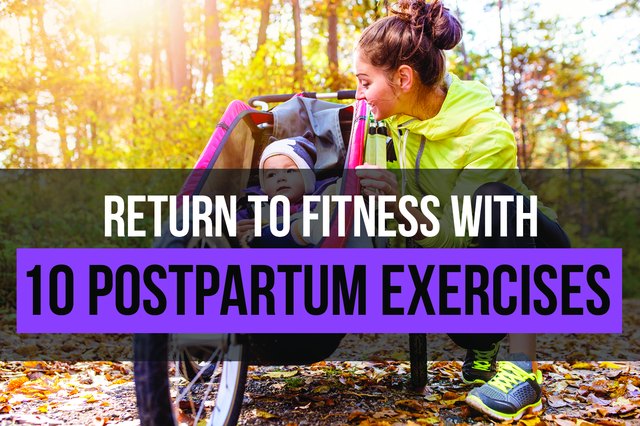
walking and pelvis tilt
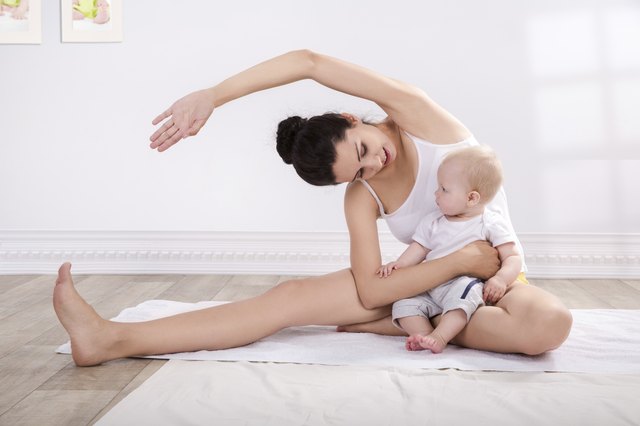
3-6 months: progress is slow but certainly
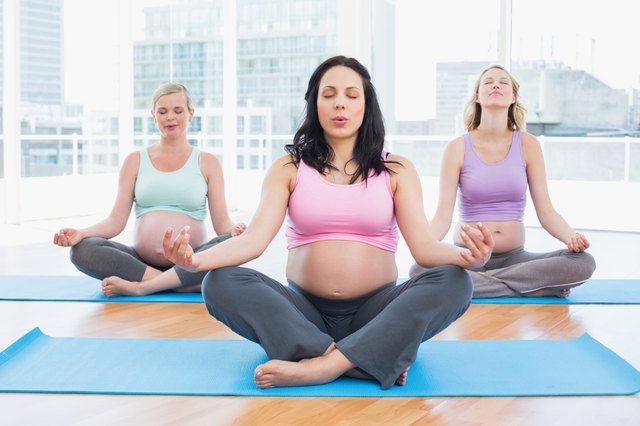
4. Yoga coach jyothi Larson said that the bridge type can exercise your gluteus maximus, help reduce the pressure on your lower back and stretch the front of your thigh. How to do it: lie on your back. Bend your knees and place the soles of your feet on the floor. Put your navel back in the direction of your spine, then squeeze your hips and lift your hips off the ground. In addition to the hips, lift and contract the pelvic floor muscles. Stay in position as long as you feel good (aim for 15 to 30 seconds).
5. Yoga coach jyothi Larson said that the knee to breaststone pose is the same as the bridge pose. The knee to breaststone can relieve the tension in the lower back and strengthen the abdominal muscles. Methods: lie on your back with legs straight and arms straight. Put your knees on your chest, arms around your legs, and you're a ball. Gently rock left and right, then back and forth, as long as you feel good.
6. Fast walking and jogging
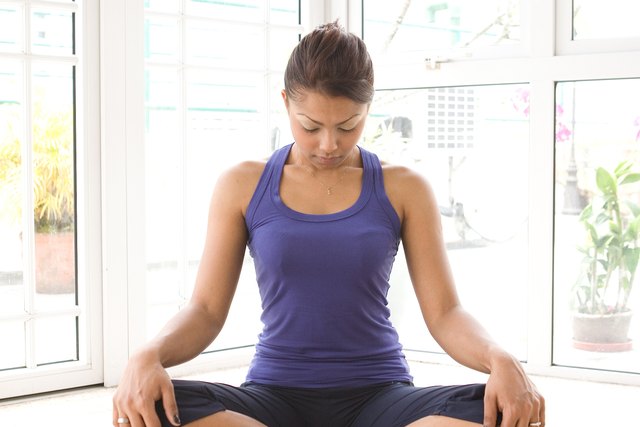
6-12 months: return to pre pregnancy exercise
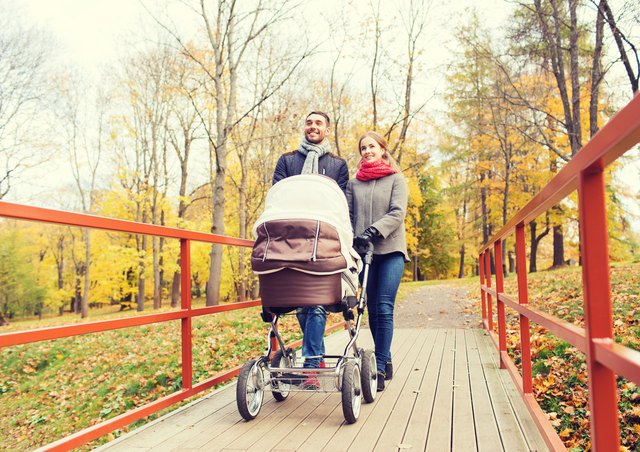
7. Yoga coach jyothi Larson said the plank style exercises endurance at the core, including ABS, back and stabilizers. How to do it: lie face down on the ground and lean on your forearm. Put your hands under your shoulders and slowly push your knees over your toes, like doing a push up. Keep your back straight, your pelvis tilted, and your abdominal muscles contracted to keep your hips out of the air. Hold for 10 to 30 seconds, or as long as you feel comfortable, drop and repeat.
8. Lunge

9. Squat
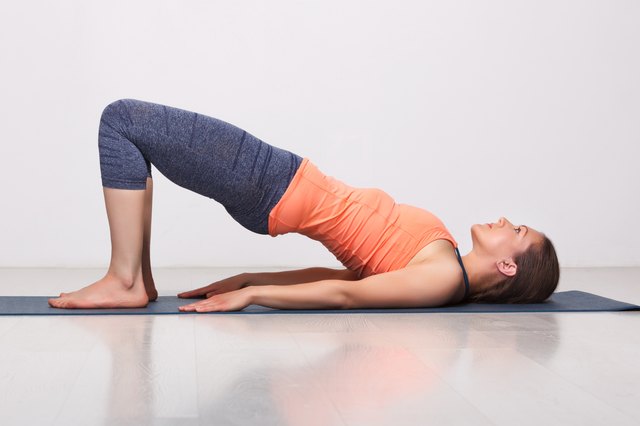
10. The row up
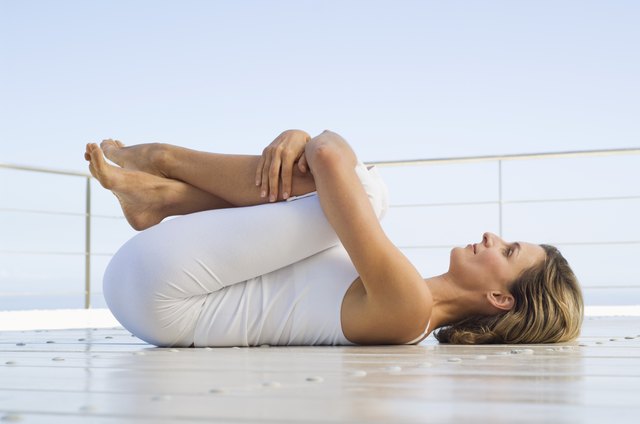
What do you think? Have you had a baby recently? Congratulations to your new family! Are you active during pregnancy? Are you eager to get back to exercise? Which exercise will you start with? What else do you plan to add to your daily life? Share your suggestions and stories in the comments section below so that the other moms in Los Angeles, the ivestong.com community, can benefit from your experience.
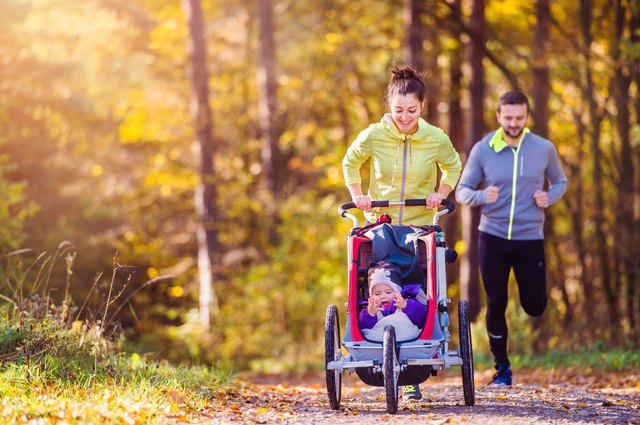
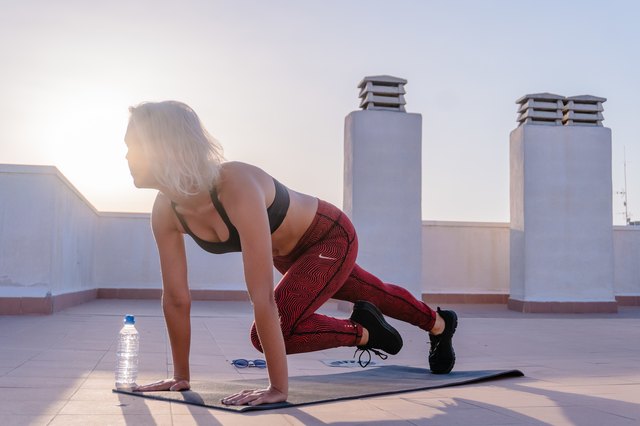
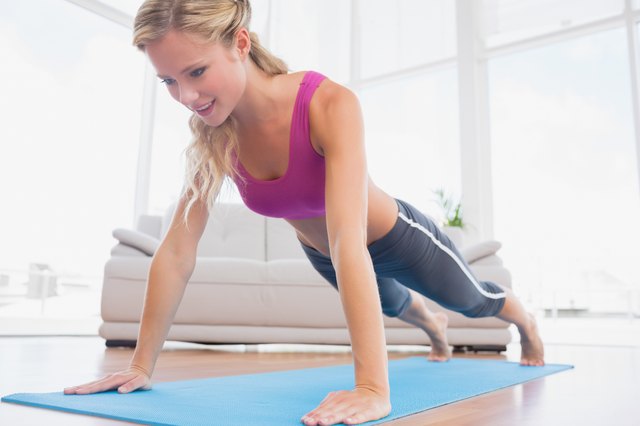
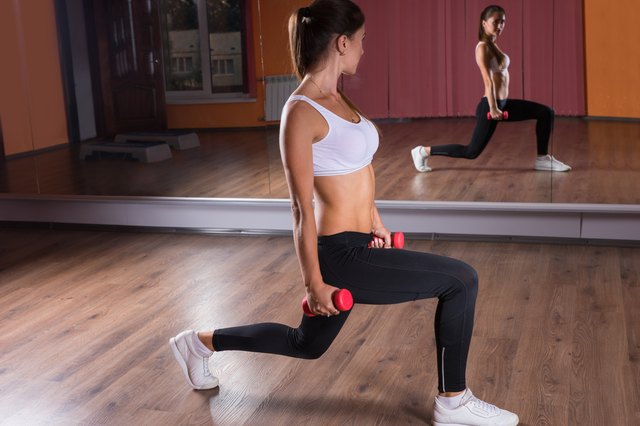
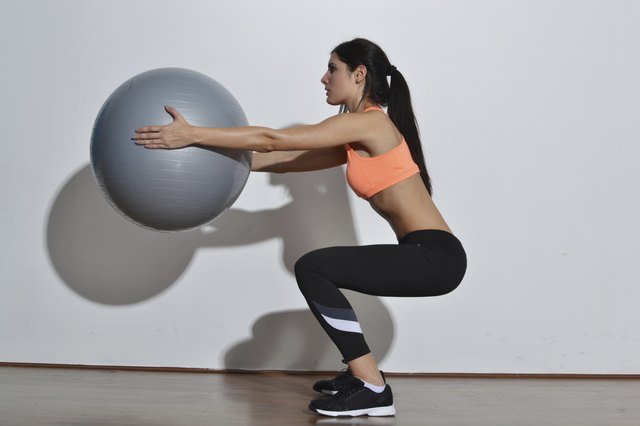
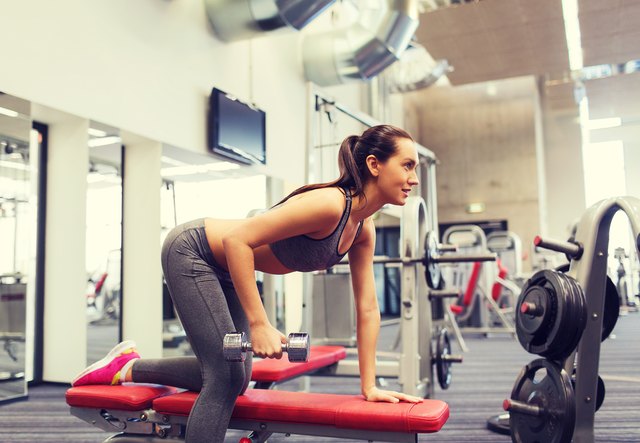
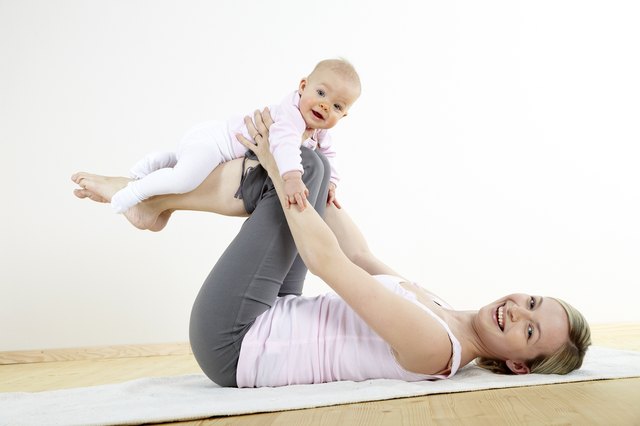



Comments